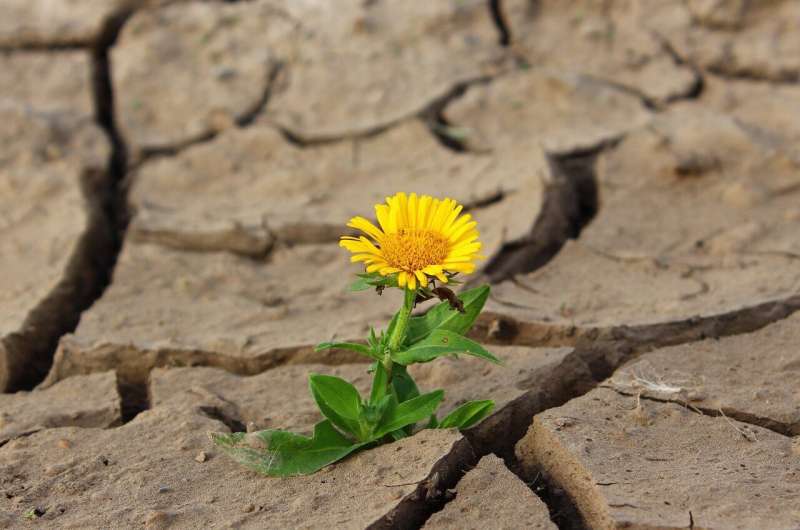Credit: CC0 Public Domain
A team of researchers at the National Bureau of Economic Research has found evidence suggesting that if greenhouse gas emissions are not curbed, future heat waves could kill millions of people across the globe. In their paper published on the NBER website, the group describes how they compared heat related deaths in several countries during past heatwaves with projected future temperatures to learn more about possible deaths in the future.
As the researchers note, excessive heat is one of the deadliest types of extreme weather—in addition to killing people directly through heat stress or stroke, heat can kill people indirectly by pushing the body to work harder to keep cool, which can trigger heart attacks and other ailments. Most victims are older or have underlying conditions. Prior research has shown that heatwaves can be deadly, particularly in places where people do not have the resources to cope. Heat waves have also been found to be much more extreme in hotter parts of the planet, such as in countries close to the equator. As just one example, parts of the Middle East have been experiencing temperatures as high as 125°F/51°C this summer. In this new effort, the researchers looked at heat related mortality deaths for eight countries (and the European Union) representing different periods of time and different heat waves. To make their assessments, they averaged them together. They also obtained data regarding how hot the planet is likely to get by the end of this century. They then used math and projection models to estimate how many people would likely die due to heat by the end of this century.
The researchers found that future heatwaves could kill approximately 73 people per 100,000 overall if greenhouse gas emissions continue at their current pace—by 2100. They also found that the hottest parts of the planet could experience as many as 200 deaths per 100,000 by the end of the century. They further noted that most such deaths are likely to happen to those most at risk—poor, older people living in the hottest parts of the world. Without air-conditioning or a cool place to hide out during the hottest parts of the day, they will stand little chance against heat waves that will undoubtedly feature much higher temperatures than todays' heat waves.
More information: Valuing the Global Mortality Consequences of Climate Change Accounting for Adaptation Costs and Benefits, NBER Working Paper No. 27599, www.nber.org/papers/w27599
© 2020 Science X Network
























